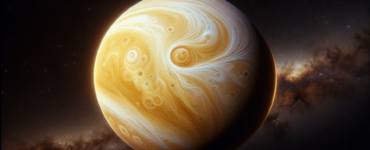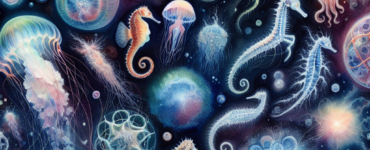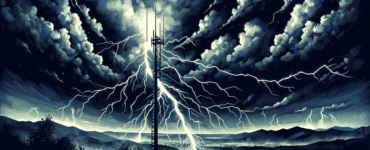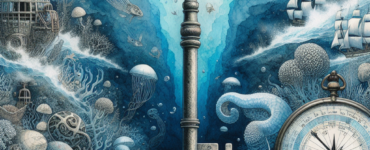Have you ever wondered if the fabric of space and time could ripple like a stone tossed into a pond? Advanced LIGO (Laser Interferometer Gravitational-Wave Observatory) has not just wondered but proven that the universe has its own way of making waves—gravitational waves.1 These ripples are not in water but in the very fabric of the cosmos, and they have opened a new window for observing the universe’s most cataclysmic events.
One monumental discovery made by Advanced LIGO is the observation of gravitational waves from the merging of two black holes. The impact of this observation is enormous—it not only confirms a major prediction of Albert Einstein’s general theory of relativity but also marks the dawn of gravitational wave astronomy. This is a new way to observe the universe, one that allows us to ‘hear’ the cosmos through the detection of gravitational waves, which are essentially disturbances in the curvature of spacetime, triggered by massive celestial events((https://www.ligo.caltech.edu/page/press-release-gw150914)).
Gravitational waves carry information about their origins and about the nature of gravity that can’t be obtained in other ways2. For instance, the collision of two black holes—which was thought to be impossible to observe directly—has now been recorded3, allowing scientists to study these mysterious objects more closely than ever before. What’s fascinating is that these collisions send out waves that stretch and squeeze the fabric of space-time itself, and instruments like LIGO are sensitive enough to detect these changes, even though they are tinier than the nucleus of an atom(( https://www.ligo.caltech.edu/video/ligo20160211v3)).
The implications of LIGO’s findings are immense, opening up new fields of research and potentially solving some of the universe’s biggest mysteries. For instance, understanding gravitational waves could lead us closer to understanding the very beginning of the universe—the Big Bang—by allowing us to listen to the echoes of the cosmos’s birth4. It also paves the way for practical applications in the future, such as navigation systems for space travel that could use gravitational waves as markers5.
The universe is a vast and mysterious place, but thanks to observatories like Advanced LIGO, we are beginning to uncover its secrets, one gravitational wave at a time. Their discoveries encourage us to keep looking up and questioning, pushing the boundaries of our understanding further into the cosmos. Let these revelations be a reminder of the incredible potential for discovery that lies in the unknown. Let’s continue to be curious, for it is in the quest for knowledge that we find the most extraordinary truths.
- https://www.ligo.caltech.edu/page/about [↩]
- https://www.ligo.caltech.edu/news/ligo20160211 [↩]
- https://www.scientificamerican.com/article/colliding-supermassive-black-holes-discovered-in-nearby-galaxy/ [↩]
- https://space.mit.edu/scientists-may-have-finally-heard-the-hum-of-the-big-bang/ [↩]
- https://science.nasa.gov/gravitational-waves/nasa-collaborating-on-european-led-gravitational-wave-observatory-in-space/ [↩]








































Add comment